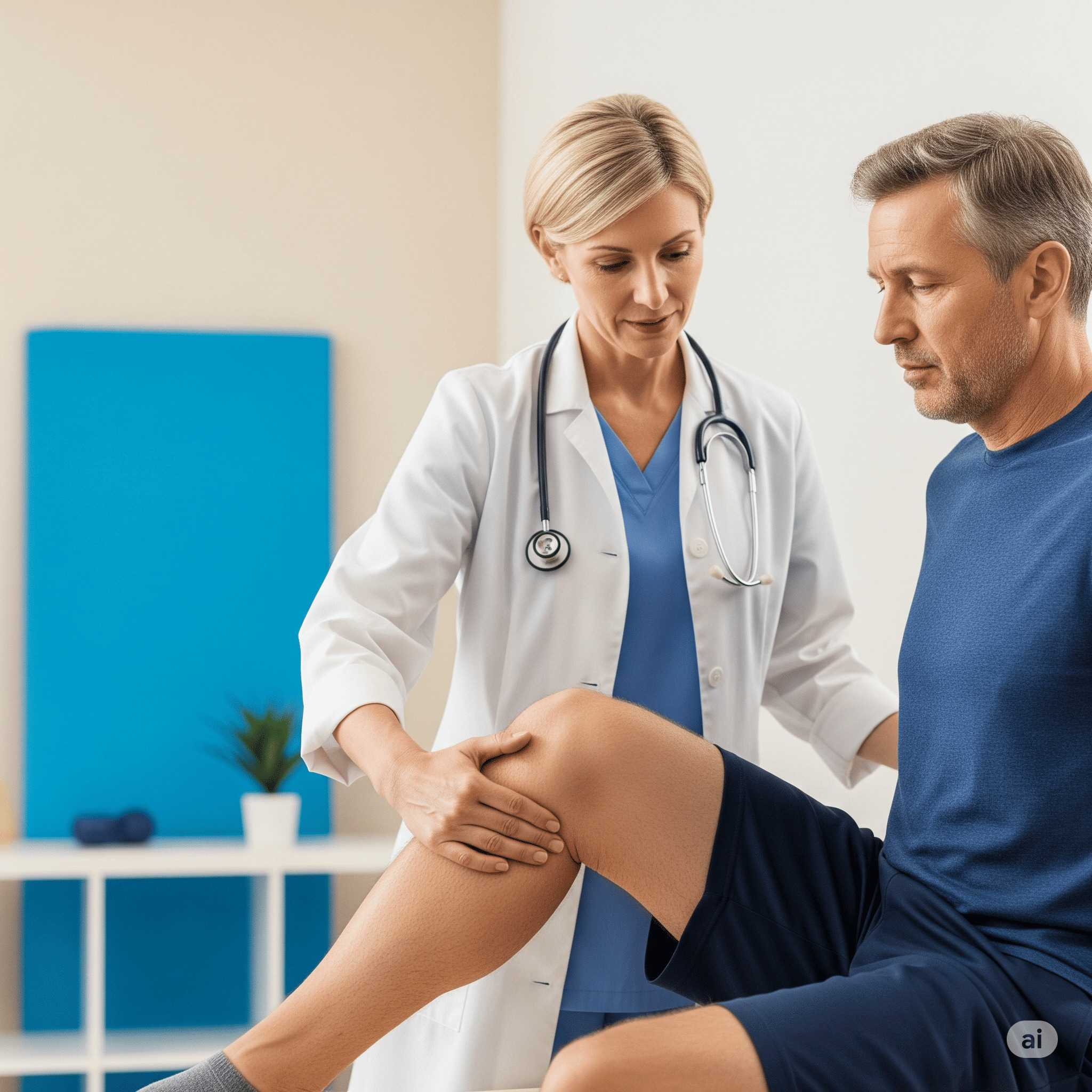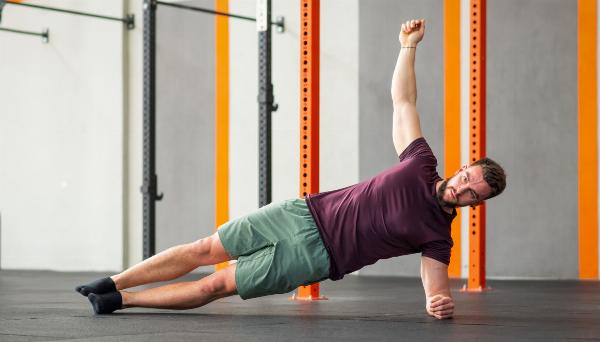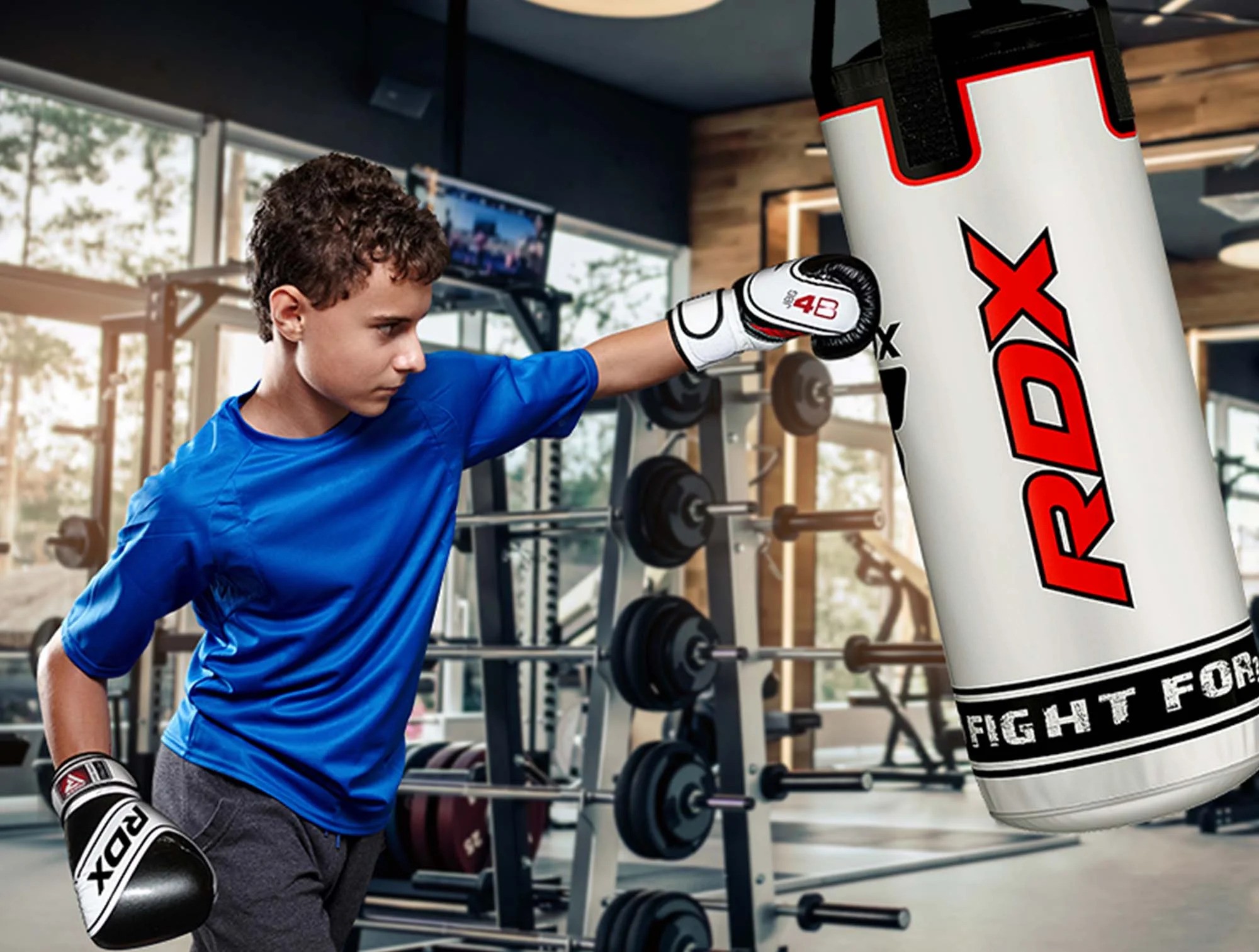What Exercises Are Used in Physiotherapy for Knee Pain?

Strong 8k brings an ultra-HD IPTV experience to your living room and your pocket.
Knee pain can severely impact your ability to move, walk, or even perform simple daily tasks. Whether caused by injury, arthritis, or wear and tear, finding a long-term solution is essential. One of the most effective, non-surgical ways to treat knee discomfort is physiotherapy for knee pain. But what exactly does this involve? In this detailed blog, we’ll explore the types of exercises commonly used in physiotherapy, their benefits, and how they work to relieve pain and restore function. If you’re looking to avoid surgery or reduce dependency on painkillers, these exercises are a science-backed way to regain mobility and strength.
Understanding Knee Pain: Causes and Symptoms
Before diving into the exercises, it’s important to understand what might be causing your knee pain. Some of the most common causes include:
- Osteoarthritis
- Ligament injuries (ACL, MCL tears)
- Meniscus tears
- Patellofemoral pain syndrome (runner’s knee)
- Tendonitis
- Bursitis
- Overuse or repetitive strain
Symptoms That May Require Physiotherapy:
- Persistent knee stiffness
- Swelling or inflammation
- Difficulty walking or climbing stairs
- Weakness or instability in the knee
- Pain during or after physical activity
When any of these symptoms affect your daily life, physiotherapy for knee pain can provide targeted, non-invasive solutions.
How Physiotherapy Helps with Knee Pain
Physiotherapy focuses on improving strength, flexibility, joint alignment, and overall function. A licensed physiotherapist will assess your condition and design a custom treatment plan. The goal is to reduce pain, improve range of motion, and prevent further injury.
Some of the key components of physiotherapy include:
- Strengthening exercises
- Flexibility and stretching routines
- Balance and coordination training
- Manual therapy (hands-on techniques)
- Postural and gait correction
- Ice/heat therapy and electrical stimulation (if needed)
Top Exercises Used in Physiotherapy for Knee Pain
Now let’s break down the most effective and commonly prescribed exercises in physiotherapy for knee pain. These are divided into different categories depending on your condition and fitness level.
1. Quadriceps Strengthening Exercises
The quadriceps are the muscles at the front of your thigh and play a key role in supporting the knee joint.
a) Straight Leg Raise
Lie on your back with one leg bent and the other straight.
Tighten the thigh muscle of the straight leg and lift it to the height of the bent knee.
Hold for 3-5 seconds and slowly lower.
Repeat 10–15 times for 2–3 sets.
b) Quad Sets
Sit or lie down with your leg straight.
Tighten your thigh muscles by pushing the back of your knee toward the floor.
Hold for 5 seconds.
Do 10 repetitions.
2. Hamstring Strengthening Exercises
Hamstrings support the back of the knee. Strengthening them helps balance the joint and prevents further injury.
a) Hamstring Curls
Stand holding a chair or wall for support.
Slowly bend your knee and lift your heel toward your buttocks.
Hold for 2–3 seconds, then lower.
Repeat 10–15 times for each leg.
3. Calf Strengthening and Stretching
Tight or weak calves can alter your walking pattern and cause more strain on the knees.
a) Heel Raises
Stand behind a chair or countertop for balance.
Slowly raise your heels as high as you can, then lower them.
Do 15 reps, twice a day.
b) Calf Stretch
Stand facing a wall with one foot forward and one back.
Keep your back leg straight and heel on the floor.
Lean into the wall to feel a stretch in the back leg.
Hold for 20–30 seconds. Switch sides.
4. Hip Strengthening Exercises
Weak hip muscles, especially the gluteus medius, can contribute to poor knee alignment and pain.
a) Side-Lying Leg Raises
Lie on your side with legs straight.
Lift the top leg upward slowly, keeping it straight.
Hold for 3–5 seconds. Lower slowly.
Repeat 10–15 times on each side.
b) Clamshells
Lie on your side with knees bent and feet together.
Keeping your feet in contact, open your knees like a clamshell.
Hold, then return to start.
Do 15 reps per side.
5. Balance and Stability Exercises
Improving balance helps reduce stress on the knee and prevents falls or further injury.
a) Single-Leg Stand
Stand on one foot while holding onto a chair.
Try holding for 10–20 seconds.
Progress by letting go of the support.
b) Bosu Ball or Foam Pad Balance
Use balance tools under the feet for advanced stability training.
Perform squats or gentle marches to challenge coordination.
6. Range of Motion and Flexibility Exercises
These exercises help restore proper knee movement and reduce stiffness.
a) Heel Slides
Lie on your back with both legs straight.
Slide one heel toward your buttocks while keeping the foot on the floor.
Hold and return. Repeat 10–15 times.
b) Knee Extension Stretch
Sit on a chair and place your heel on another chair in front of you.
Gently press down on the thigh to stretch the knee.
Hold for 30 seconds.
7. Low-Impact Cardio Options
These build endurance without putting too much stress on the knees.
Stationary biking
Swimming or aqua therapy
Elliptical training
Walking on flat surfaces
Always consult your physiotherapist before adding cardio routines.
Guidelines to Follow During Knee Rehabilitation
- Warm-up before exercises: 5 minutes of light movement like cycling or walking.
- Don’t push through sharp pain: Mild discomfort is okay, but pain is a signal to stop.
- Be consistent: Exercise daily or as advised.
- Follow professional guidance: Improper technique may worsen your condition.
Real-Life Benefits of Physiotherapy for Knee Pain
Many patients have experienced long-term relief through physiotherapy for knee pain. It helps avoid surgeries, reduces medication dependence, and allows individuals to return to their active lifestyle.
- Some real-world improvements include:
- Better walking without limping
- Reduced swelling and pain
- More confidence in balance and stability
- Improved sleep and daily comfort
When to Start Physiotherapy
Early intervention leads to better outcomes. You should consider physiotherapy for knee pain if:
- Pain has lasted more than a few weeks
- Movement is restricted
- You’ve had a recent knee injury or surgery
- You’re dealing with arthritis or cartilage degeneration
Whether you're recovering from an ACL tear or managing early osteoarthritis, customized physiotherapy can make a significant difference.
Combining Physiotherapy with Other Treatments
For faster and more complete recovery, physiotherapy can be combined with:
- Ice and heat therapy
- Anti-inflammatory diet
- Use of braces or supports
- Guided weight loss for overweight patients
- Manual therapy techniques
Each program is tailored to the patient's age, condition, and lifestyle needs.
Can You Do These Exercises at Home?
Yes. With proper guidance, many physiotherapy for knee pain exercises can be safely done at home. However, a virtual or in-clinic consultation with a physiotherapist is essential before starting.
Platforms like Resolve360 offer online physiotherapy plans customized for your knee pain needs. These programs include expert monitoring, video guidance, and progress tracking—all from the comfort of your home.
Final Thoughts
Knee pain can be limiting, but it doesn’t have to be permanent. With the right approach, especially through structured and guided exercises, you can regain mobility and live pain-free. The exercises used in physiotherapy for knee pain are proven, accessible, and tailored to each person’s specific needs. From strengthening the muscles around your knee to improving balance and flexibility, physiotherapy is one of the safest and most effective ways to overcome pain without surgery.
If you’re struggling with knee discomfort, don’t wait. Begin your journey toward better movement and less pain today—because every step matters.
Note: IndiBlogHub features both user-submitted and editorial content. We do not verify third-party contributions. Read our Disclaimer and Privacy Policyfor details.







